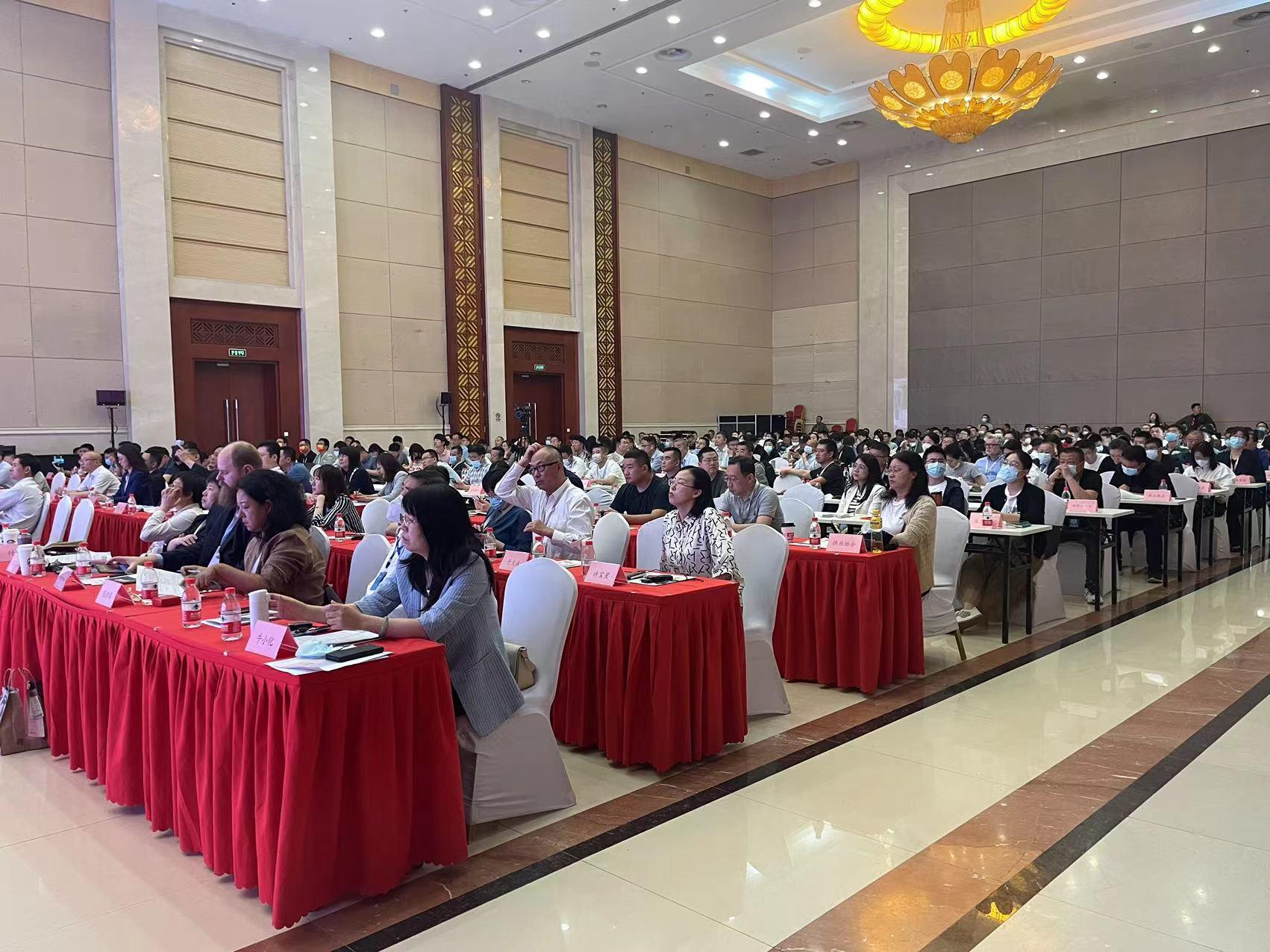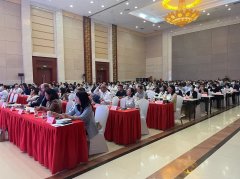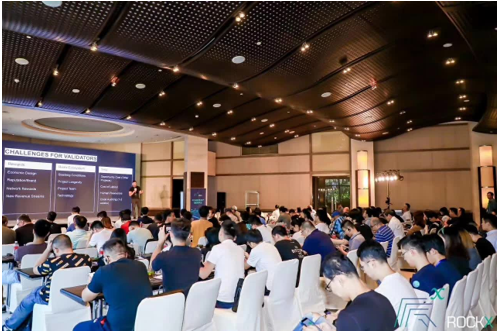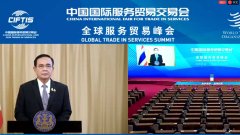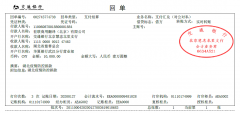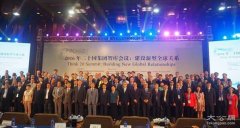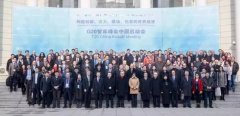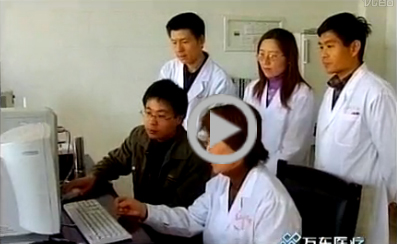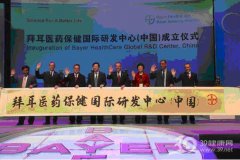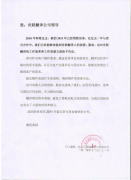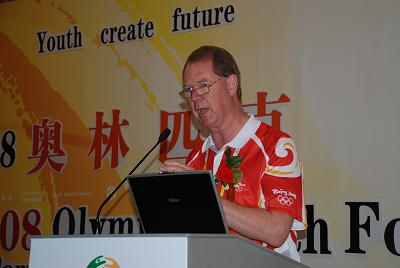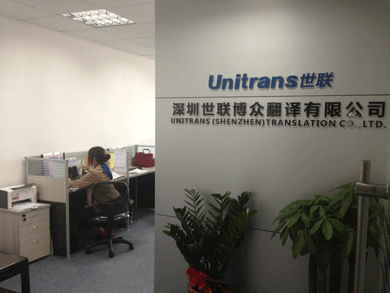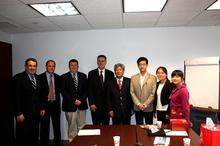哪些方法可以提高商务英语翻译能力?
时间:2021-04-21 11:00 来源:未知 作者:youhuayuan 点击:次
商务英语的应用越来越广泛,因其专业性强,很多译员想要提升自身的能力,那么哪些方法可以提高商务英语翻译能力?世联翻译公司带大家了解: Business English is more and more widely used, because of its strong professional, many translators want to improve their ability, so what methods can improve business English translation ability? World Union translation company takes you to know: 1.次序翻译 1. Sequence translation 所谓顺译法即使依照原文的次序组织译文。在商务英语中,当语句陈述的是一连串的动作并按缔造的日期料理或逻辑关系罗列时,此类语句与汉语的表白形式较一致"可按原文的次序译出。 The so-called sequential translation method even organizes the translation according to the order of the original text. In Business English, when a sentence states a series of actions and is listed according to the created date or logical relationship, it is more consistent with the Chinese form of expression. 2.反译法 2. Reverse translation 英汉两种语言构造存在很大差别。英语心脏在前,汉语心脏在后,汉语长句采纳综合式。 There are great differences between English and Chinese. The heart of English is in the front, the heart of Chinese is in the back, and Chinese long sentences adopt the comprehensive form. 多把消息点放在后面,越未来越主要。假使一个句子既有叙事又有表态"汉语就把叙事部分放在前。 Put more information points at the back, the more important the future is. If a sentence has both narration and statement, Chinese puts the narrative part in the front. 表态部分放在后$英语则相反,常常把表态部分放在句首,译成汉语时则将其放在句末"从而构成反译,一些带有抵赖含义的词。 On the contrary, in English, it is often placed at the beginning of a sentence and at the end of a sentence when translated into Chinese, which constitutes a reverse translation, some words with the meaning of denial. 3.词义引申翻译 3. Extended translation 词义引申翻译法,即使根据上下文的内在关系,穿越句中词或词组乃至整句的字面含义由表及里,应用一些符合汉语习性的表白法,录用贴切的汉语词句,将原文内容的性质准确的表白出来。 The extension of word meaning translation method, even according to the internal relationship of the context, through the literal meaning of the words or phrases in the sentence and even the whole sentence, from the outside to the inside, applies some confession methods which are in line with Chinese habits, and employs appropriate Chinese words and sentences to accurately express the nature of the original content. 从词义角度看,引申可分为笼统化引申和透彻化引申。从句法层面来看,引申可分为逻辑引申、语用引申、修辞引申、思想范围的调剂。 From the perspective of word meaning, extension can be divided into general extension and thorough extension. From the syntactic level, extension can be divided into logical extension, pragmatic extension, rhetorical extension and the adjustment of the scope of thought. 将词义做笼统化引申是指对原文中某些字面含义评判透彻的词,采纳汉语中的含意笼统、综合的词语来表白。 To generalize the meaning of a word means to use the general and comprehensive words in Chinese to express the meaning of some words in the original text. 将此一透彻化引申即使指,将代表笼统思想或许属性的词来表白一种透彻事物的时候,用透彻化的事物来表白,还其透彻的本来面貌,使读者一目了然。 When we extend this thoroughness to express a thoroughgoing thing with words representing general thoughts or attributes, we should use thoroughness to express the original appearance of thoroughness, so that readers can understand it at a glance. 逻辑引申即使在翻译的过程中,由于直译某个词、短语乃至整个句子会使译文不通畅以及不符合目的语的表白习性,所以即刻根据上下文的逻辑关系,对该词、短语或整个句子从其本意上路,由表及里,应用符合目的语习性的表现法,录用贴切的词句,将原文内容的性质准确的表白出来。 Logical extension even in the process of translation, because literal translation of a word, phrase or even the whole sentence will make the translation not smooth and not in line with the target language's expressing habits, so immediately according to the logical relationship of the context, the original meaning of the word, phrase or the whole sentence is on the way from the outside to the inside, and the expression method conforming to the target language's habits is applied, and appropriate words and sentences are employed to translate the original content The nature of the statement out accurately. 语义引申即使把原文中的弦外之音受益出来,就属于语用学引申的手法。 Semantic extension, even if it benefits from the illocutionary sound in the original text, belongs to the technique of pragmatic extension. 语用学是非语义学的语用含义,平凡都不穿越词汇、语法手法表示,它是非规约性的、隐蔽的^fen^受话人根据社交实力来明白这种语用含义,换句话说,它是团结社交对方、社交目的和社交情景,从言语人词语中引申出来的含义。 Pragmatics is a non semantic pragmatic meaning, which is not expressed through vocabulary and grammar. It is non conventional and hidden. The addressee understands the pragmatic meaning according to social strength. In other words, it is the meaning extended from the speaker's words by uniting the other party, social purpose and social situation. 除此之外还有修辞引申、思想等引申的翻译办法。 In addition, there are also translation methods of rhetoric extension and thought extension. 4.凝练翻译法 4. Concise translation 商务英语中部分语句的构造纷繁,消息量大,单凭一种办法很难翻译到位。 The construction of some sentences in Business English is complicated and the amount of information is large, so it is difficult to translate them in one way. 翻译这类语句时,要根据详纵状况,理清装点语和心脏词的关系以及装点语内部各个成分之间的关系。 When translating this kind of sentences, we should clarify the relationship between decoration words and heart words, and the relationship between various components of decoration words according to the detailed and vertical situation. 把各种办法在理地综合应用、灵便料理,既忠贞地再现原文内容,又保译文通畅,表白准确,句子畅通。从语言个性上看,英语为形合,而汉语则为神合。 All kinds of methods should be applied to reason, geography, and cuisine, which can faithfully reproduce the original content, and ensure the smooth translation, accurate expression, and smooth sentences. From the perspective of language personality, English is hypotaxis, while Chinese is Shenhe. 5.词类转换翻译法 5. Part of speech translation 转换是指商务英语翻译中语言的词性和表现办法的变换。 Conversion refers to the change of part of speech and expression in Business English translation. 由于英语和汉语的表白习性、句子构造和词的调配关系都有差别,在翻译中常常难以做到词性和表现办法的一致。 Due to the differences between English and Chinese in expressing habits, sentence structure and word collocation, it is often difficult to achieve the consistency of part of speech and expression in translation. 为了适应译文语言的表白习性和语法规矩,在商务英语翻译中必要应用词类和表现办法的转换翻译技巧。 In order to adapt to the expressing habits and grammatical rules of the target language, it is necessary to apply the conversion translation skills of parts of speech and ways of expression in Business English translation. 商务英语中为了抵达委婉表白的成效,常常多应用被动句,这与汉语的表白大不相同。 In order to achieve the effect of euphemistic expression, passive sentences are often used in Business English, which is quite different from Chinese expression. 所以,英语被动句在译成汉语时不存在现成的对应表白形式,而必要根据汉语的习性用法,从丰富的句式和培育词语中挑选一些稳妥的手法来表现出原文的被动含意。 Therefore, when translating English passive sentences into Chinese, there is no ready-made corresponding expression form, but it is necessary to choose some safe ways to express the passive meaning of the original text from the rich sentence patterns and cultivated words according to the Chinese usage.
|






